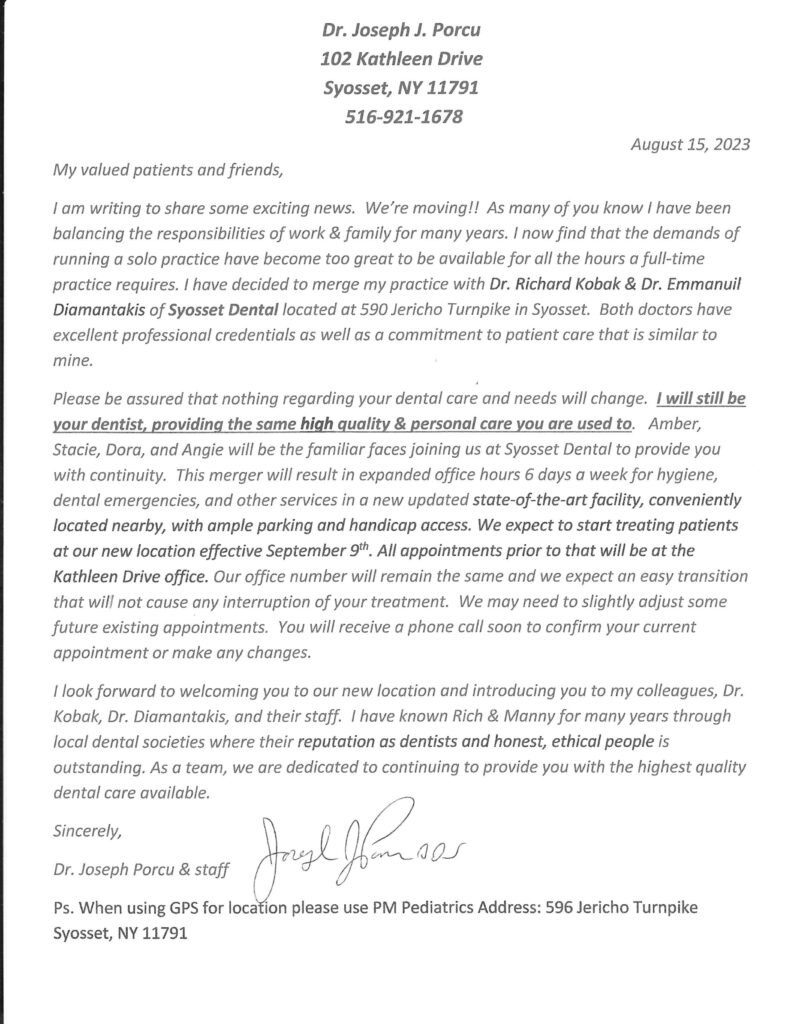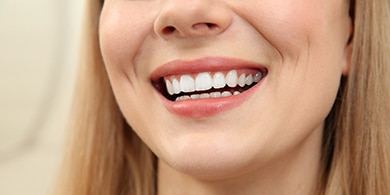 Over the centuries, personal hygiene and professional dental care have come a long way. In the early 20th century, we developed standards for caring for our own teeth at home, as well as materials that help us create lifelike cosmetic and reconstructive restorations. We’ve also learned a lot about why people lose teeth, how to prevent it, and how best to replace teeth that can’t be saved. Since tooth loss is still something to worry about, prosthetic options for replacing lost teeth still remain a significant part of dental treatment for many people.
Over the centuries, personal hygiene and professional dental care have come a long way. In the early 20th century, we developed standards for caring for our own teeth at home, as well as materials that help us create lifelike cosmetic and reconstructive restorations. We’ve also learned a lot about why people lose teeth, how to prevent it, and how best to replace teeth that can’t be saved. Since tooth loss is still something to worry about, prosthetic options for replacing lost teeth still remain a significant part of dental treatment for many people.
Gum disease is sneaky.
Gum disease is the most common reason for tooth loss for many reasons. For instance, it attacks the gum tissues and jawbone that support your teeth, leaving them without a foundation to hold them securely in place. Also, the symptoms of gum disease aren’t always immediately obvious. By the time some patients realize there’s a problem and seek treatment, enough damage has already been done to cause tooth loss, or to lead to the need for tooth extraction.
Tooth extraction is sometimes necessary.
Teeth that remain in your mouth but can no longer function properly, or that are severely compromised and a threat to the rest of your oral health, often need to be extracted. Tooth extraction removes troublesome teeth that cannot be restored, allowing your dentist to replace the tooth with a durable, lifelike dental bridge or dental implant.
Accidents happen.
Dental emergencies often involve severe damage to one or more teeth, including partial or complete avulsion (i.e., knocked out teeth). When a tooth is jarred from its socket, planting it back in might not be an option, and the tooth may be lost. Fortunately, even accidental tooth loss can be effectively remedied with a lifelike prosthetic, such as dental implant and crown, that restores your bite’s full function as well as your smile’s youthful, healthy appearance.











